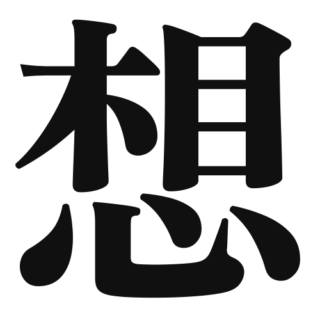 N3
N3 想
1. Overview of MeaningThe kanji "想" (sō) means "to think," "to imagine," or "to consider." It conveys the idea of mental...
 N3
N3 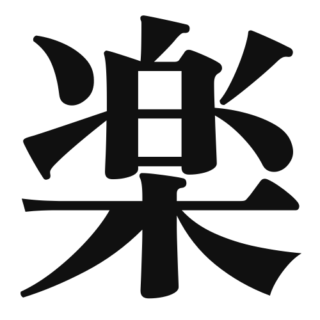 N4
N4 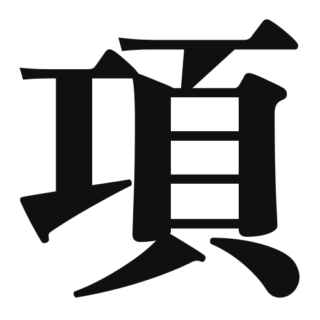 N1
N1 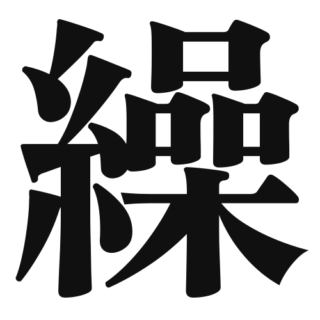 N1
N1  N2
N2 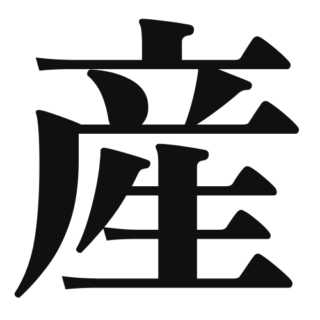 N3
N3 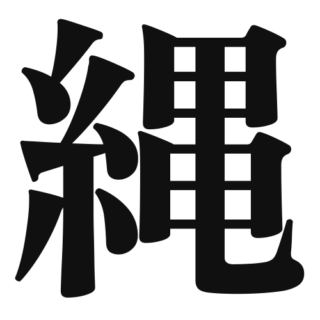 N1
N1 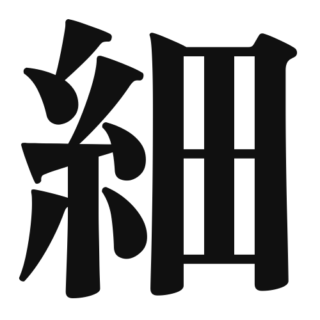 N2
N2 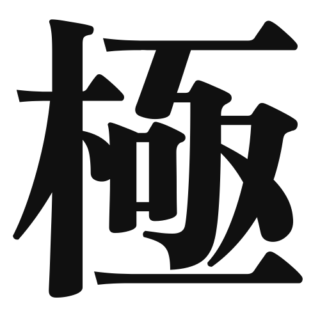 N2
N2 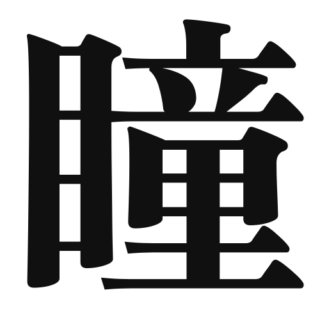 N1
N1